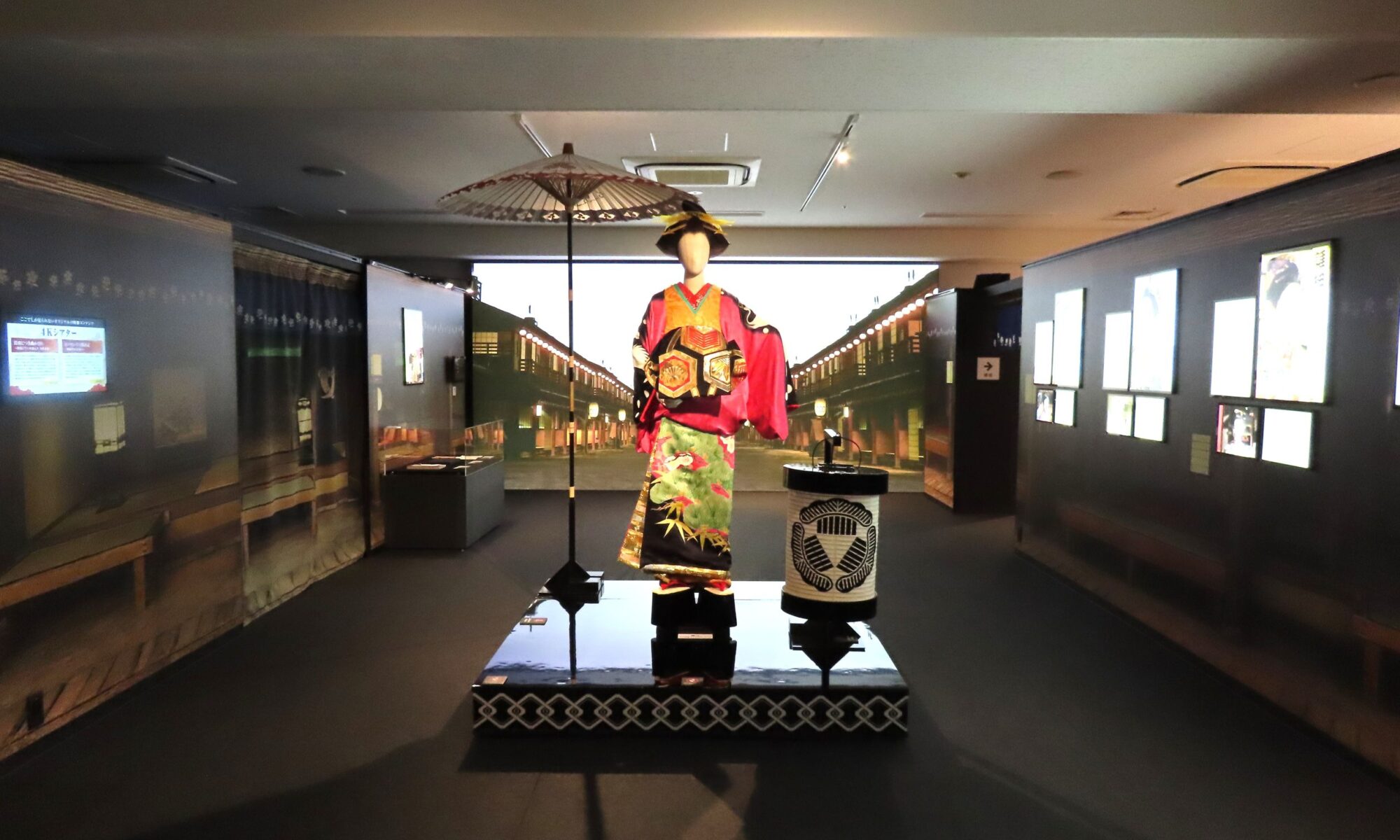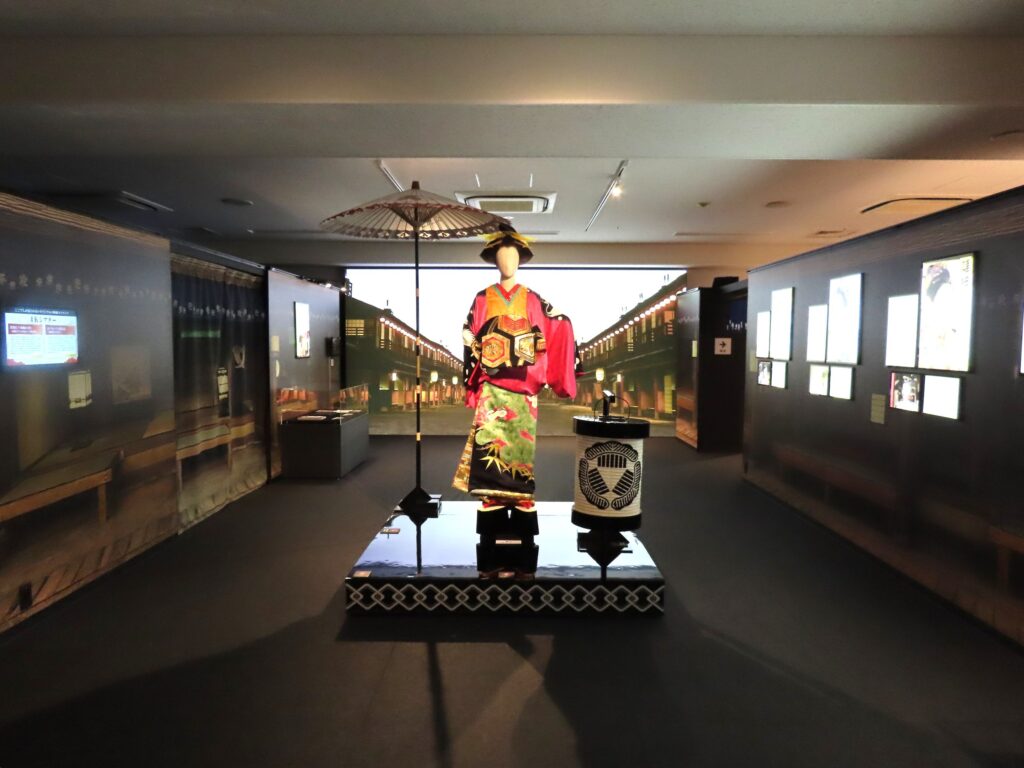
"Berabou: Tsutaju Eika no Yumebanashi" is a historical drama that depicts the turbulent life of Tsutaya Juzaburo, also known as Tsutaju, a media mogul active in the mid-Edo period.
The "Berabou Edo Taito Taiga Drama Museum" that we visited this time is a facility that opened in Taito Ward, Tokyo, an area associated with Tsutaya Juzaburo, the main character of "Berabou – Tsutajueika no Yumebanashi." The Taiga Drama Museum is packed with content that will allow you to enjoy the drama even more, such as the costumes and props of the characters.
In this report, we will introduce its charms and highlights.
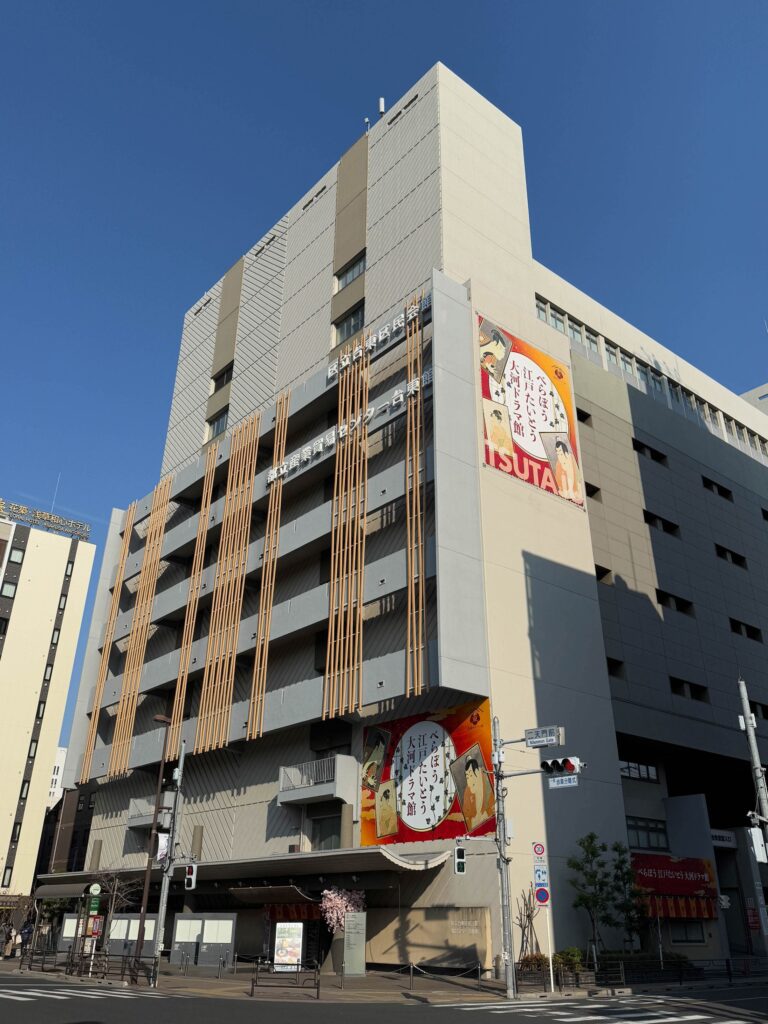
Experience the atmosphere of the Edo period
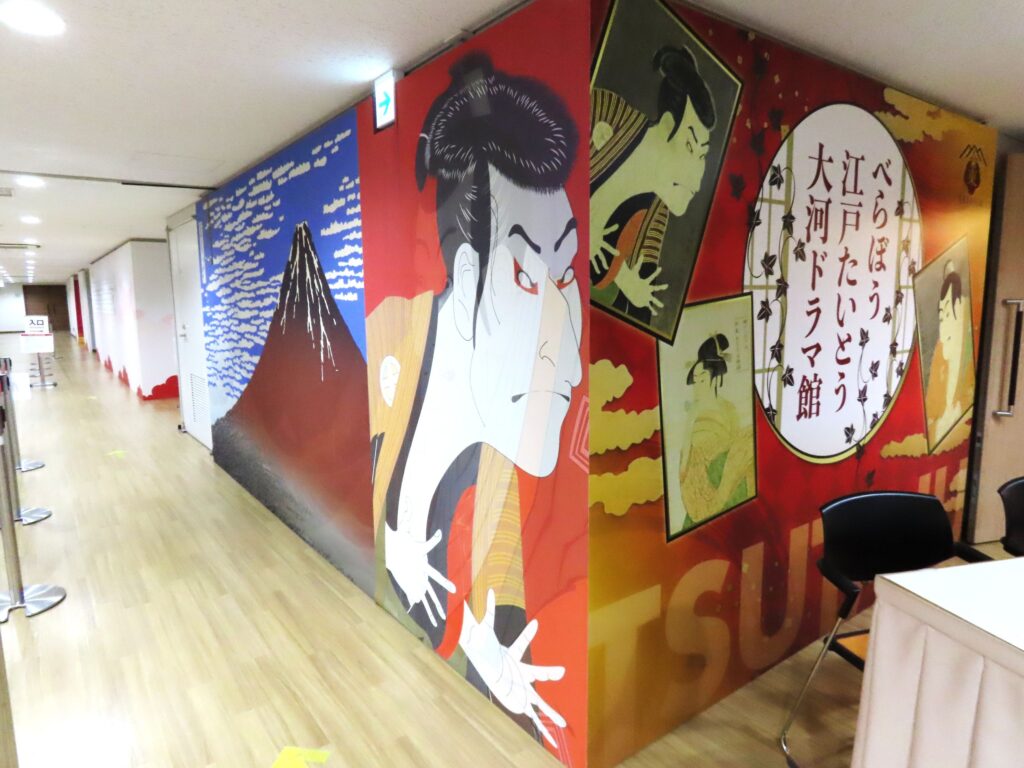
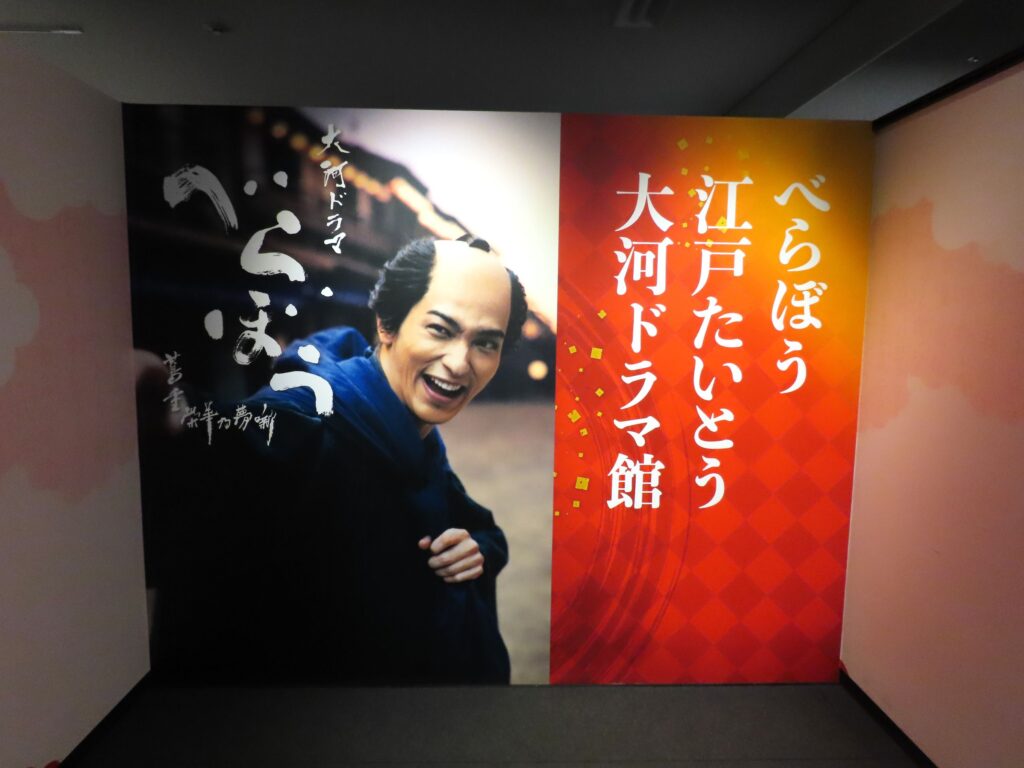
The Taito Civic Hall, where the Taiga Drama Museum is located, is just a few minutes' walk from Asakusa Station. The 9th floor is an Edo-period town called "Oedo Karamarumachi," and upon stepping inside, you'll feel as if you've traveled back in time.
The corridor leading from the elevator to the Taiga Drama Museum is also filled with various gimmicks that entertain visitors, such as panels where people appear from silhouettes when photographed with a flash, and walls painted with ukiyo-e art that changes depending on the angle from which you view it.
When you step into the "Berabou Edo Taito Taiga Drama Museum," you will be greeted by the main visual of Tsutaju, played by Yokohama Ryusei.
Tsutaya Juzaburo was born in 1750 in Shin-Yoshiwara, Edo (present-day Senzoku, Taito Ward), and opened the bookstore "Koshodo" in front of the Yoshiwara Daimon Gate in his twenties. He interacted with Toshusai Sharaku, Kitagawa Utamaro, and other writers who represent Edo culture, and achieved great success as the "media king of Edo."
The historical drama "Berabou: Tsutaju Eika no Yumebanashi," which depicts the life of Tsutaju, will begin airing on January 5, 2025, and was already entertaining many viewers at the time of this interview in early October.
"Berabou Introduction" introduces the main cast and staff
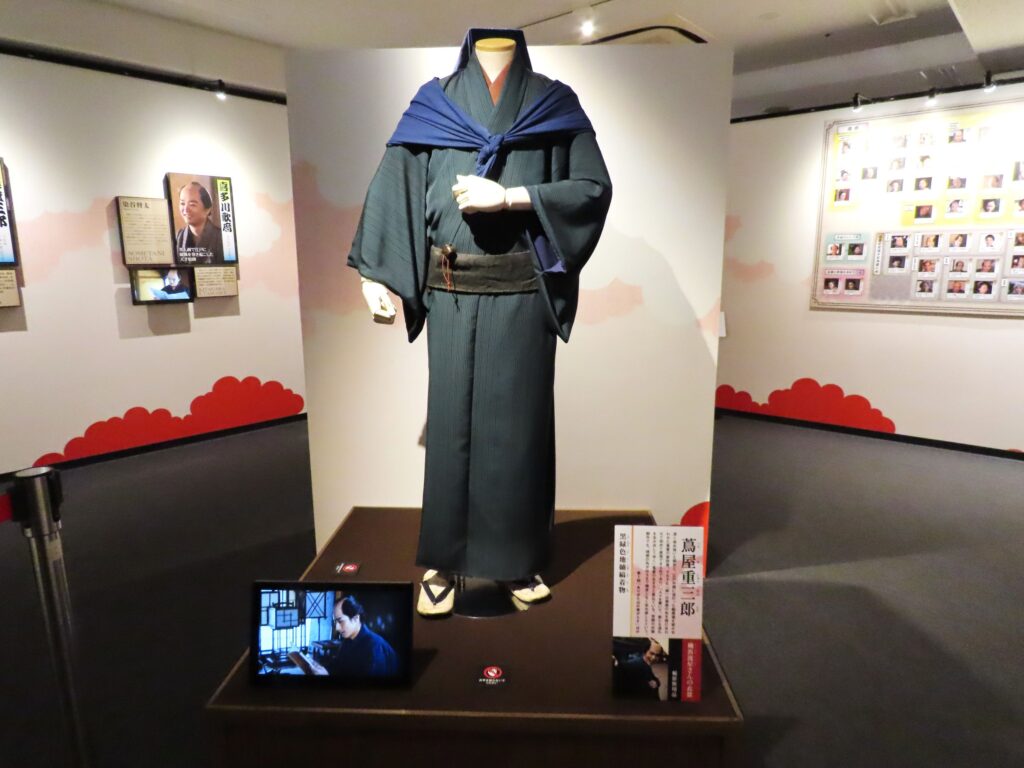
The Taiga Drama Museum is divided into nine zones.
The "Berabou Introduction" section will feature an exhibition of Tsutaju's costumes and an introduction to the main cast and staff.
The highlight is Tsutaju's costume displayed in the center. It is the black-green tsumugi striped kimono that Tsutaju wore in the drama.
Sachiko Ito, who was in charge of costume design, explained why she chose green for the kimono worn by the main character, Tsutaju, instead of the more common indigo blue:
"He's still nobody, but he's not bound by anything, and he's mischievous and imaginative, and he's going to create something new. I chose the color green, which is not easy to reproduce, as a color to symbolize the start of such an original life."
He said:
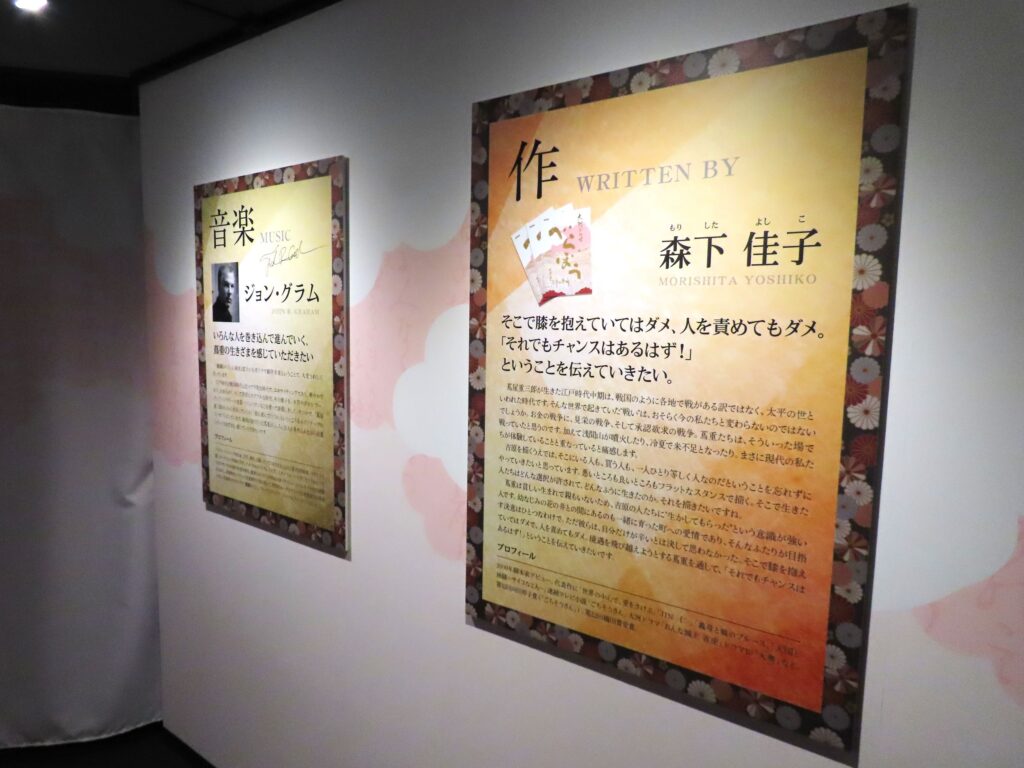
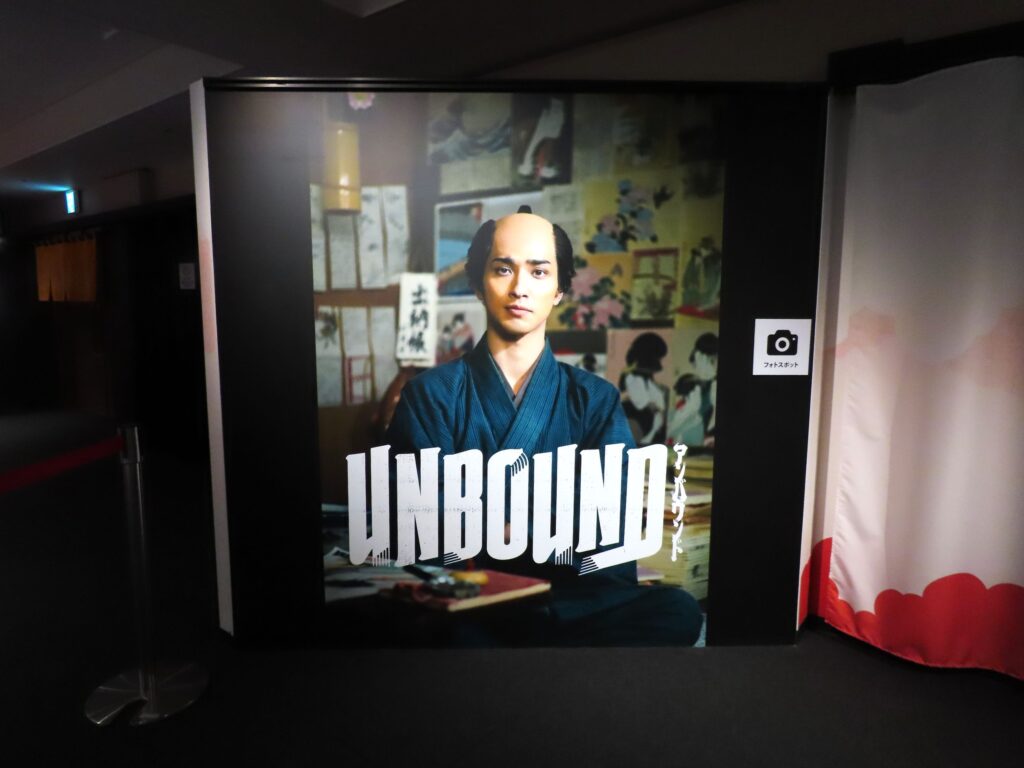
The exhibit also features comments from actors such as lead actor Yokohama Ryusei and narrator Ayase Haruka, who plays Kurosuke Inari, as well as from the production team, including screenwriter Morishita Yoshiko, composer John Graham, and title calligrapher Ishikawa Kyuyo.
The photo spot featuring the English title for overseas audiences, "UNBOUND," seems to be extremely popular, with many people taking the same arm-crossed pose as Tsutaju to have their photo taken.
Incidentally, "UNBOUND" means "liberated" or "unconstrained." It seems to have been chosen as a word to describe Tsutaya Juzaburo, who lived a life unconstrained by social status or origin, and unconstrained by convention.
The "Ijikkenmichi Zone" displays props and panels related to Tsutaju.
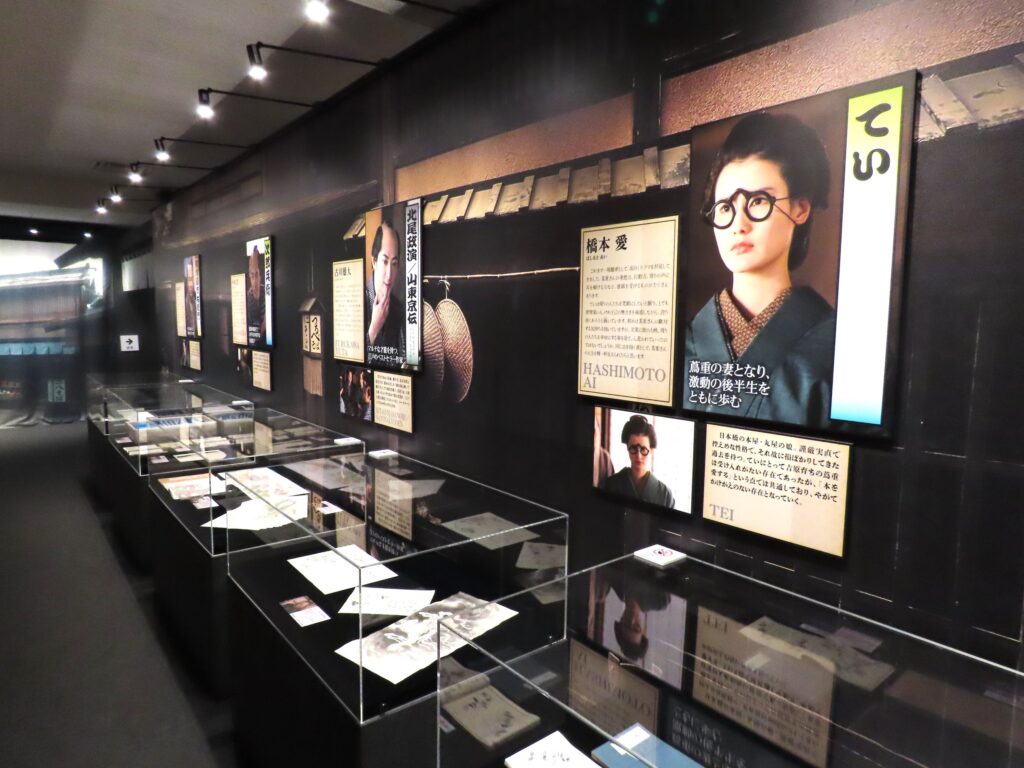
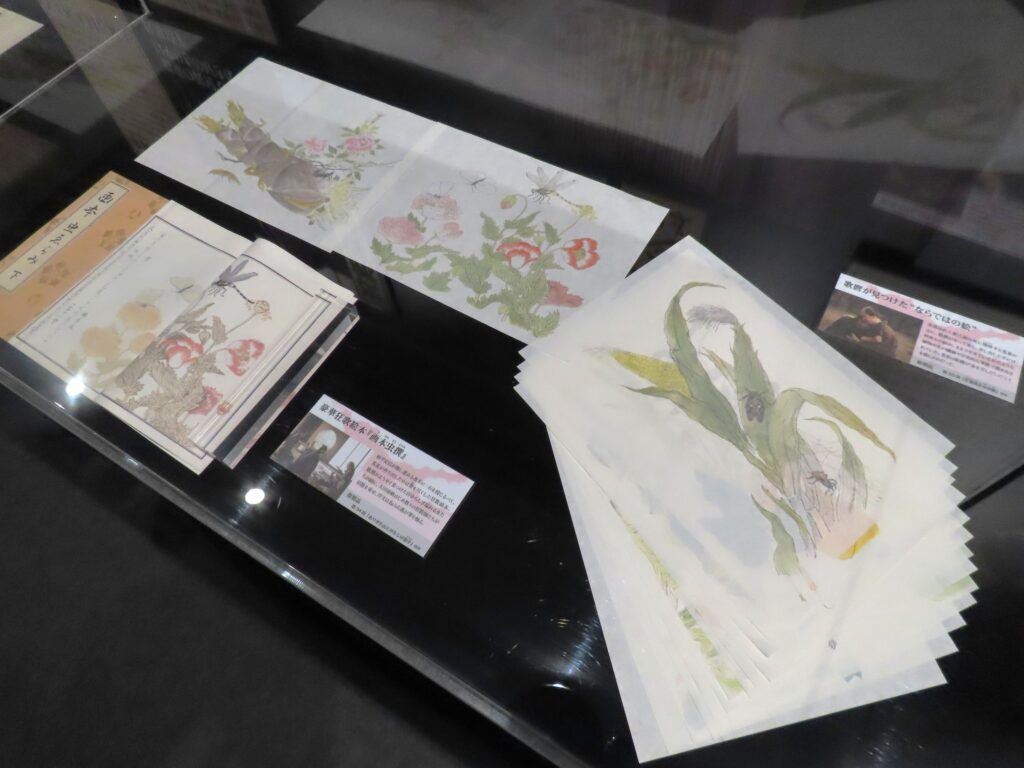
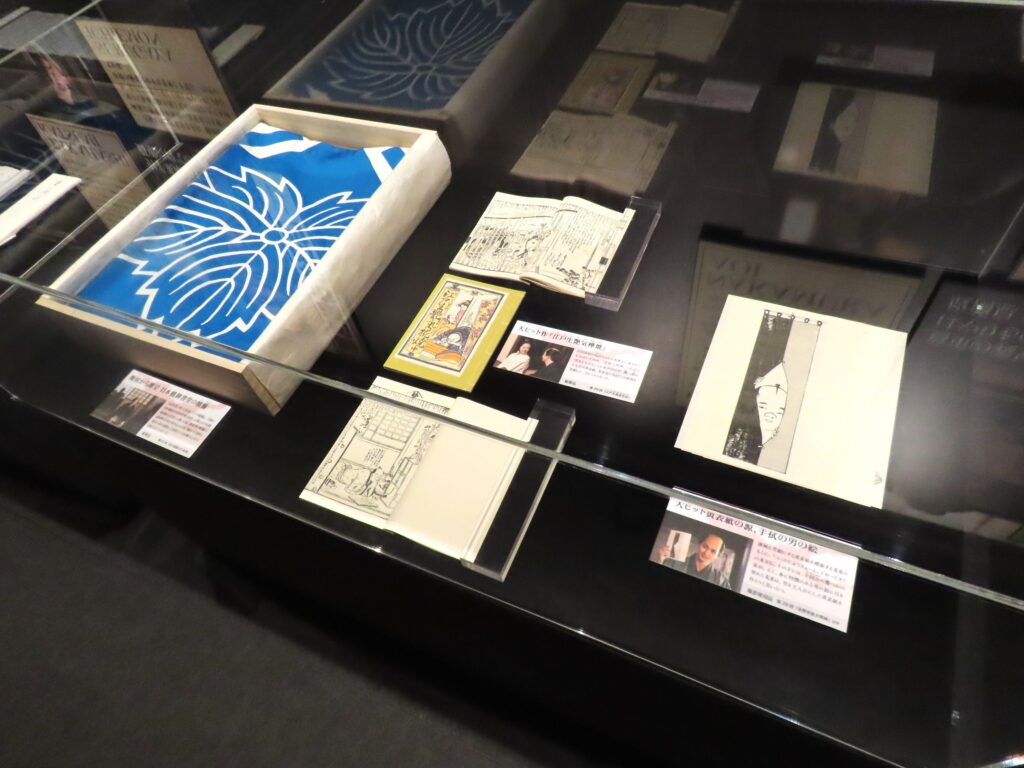
The next zone, the "Ichikkenmichi Zone," displays props related to Tsutaju, the publisher (a modern-day publishing company; originally referring to the business owner who owns the "plates" used in printing), as well as panels of related characters. The exhibit also includes costumes and props (some of which are replicas) actually used in filming, making for an extremely valuable exhibit.
In particular, "Ehon Mushi Erami," which appeared in the 34th competition, is a gorgeous picture book that fully demonstrates Utamaro's keen observational skills and realism. You will be captivated by the vivid colors and exquisite realism.
It's a rare opportunity to see items that are essential to the drama's episodes up close.
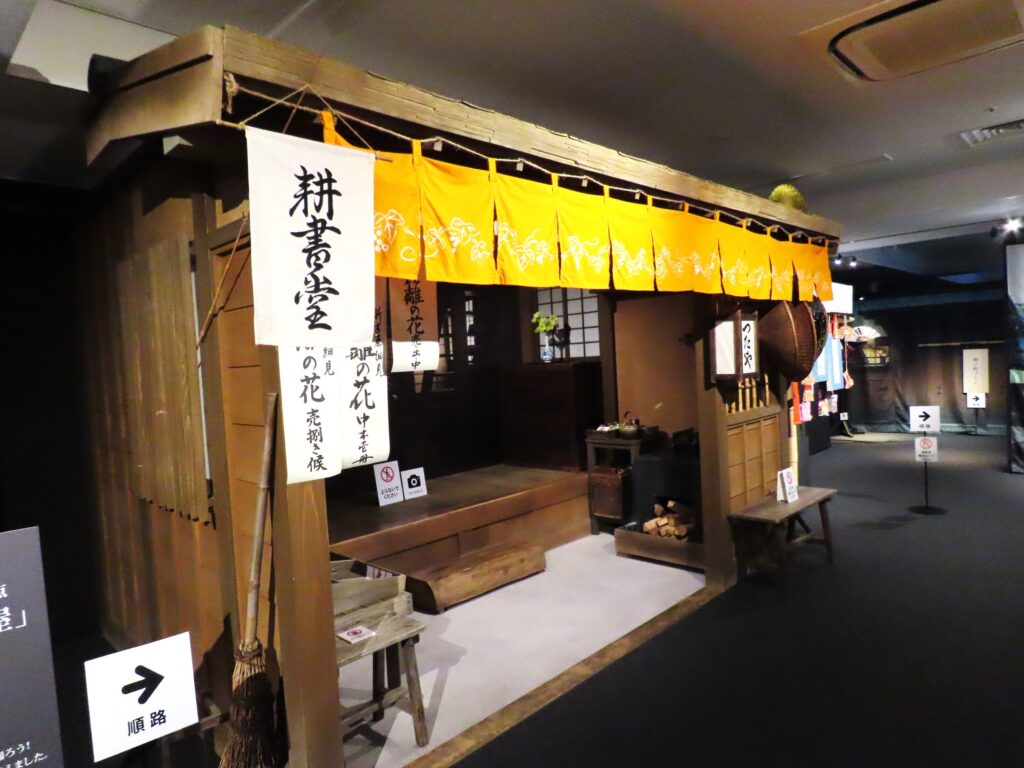
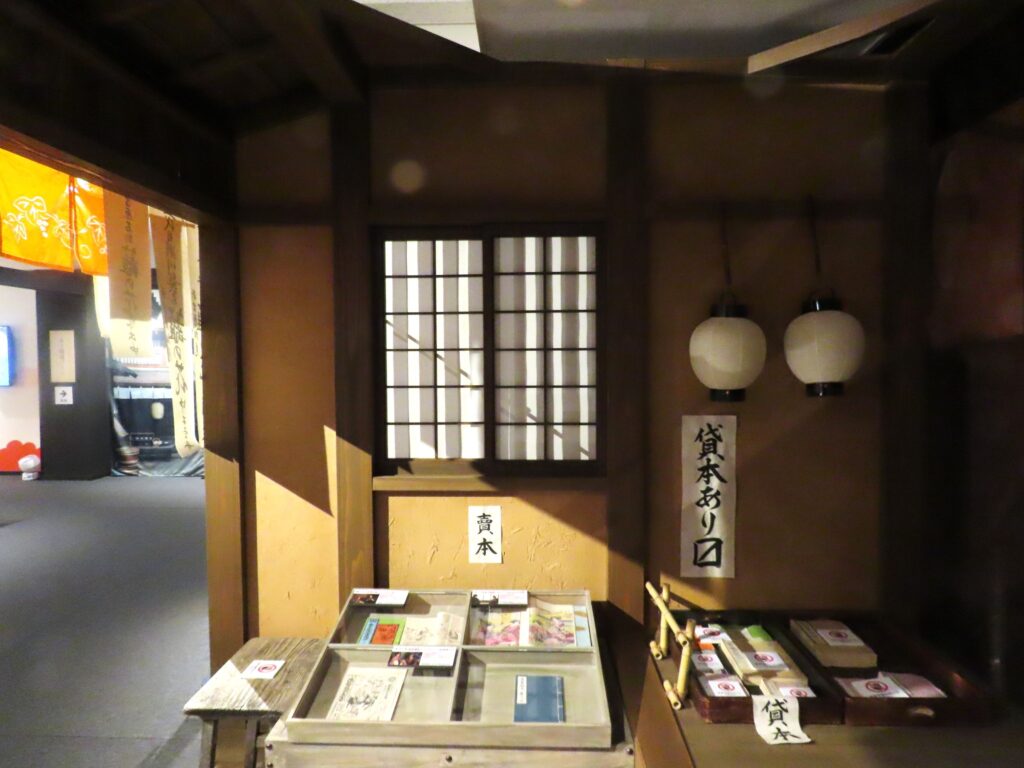
A replica set of "Tsutaya" is also on display. Of course, the scale is adjusted to fit the venue, but it is truly "Tsutaya" itself. The level of reproduction is amazing.
The interior has been meticulously recreated, from the chest of drawers to the household altar, and the eaves are lined with books that Tsutaju was involved in publishing and rental books. You can even sit inside, so be sure to take a commemorative photo.
Recreating Yoshiwara's main street! "Nakanomachi Zone"
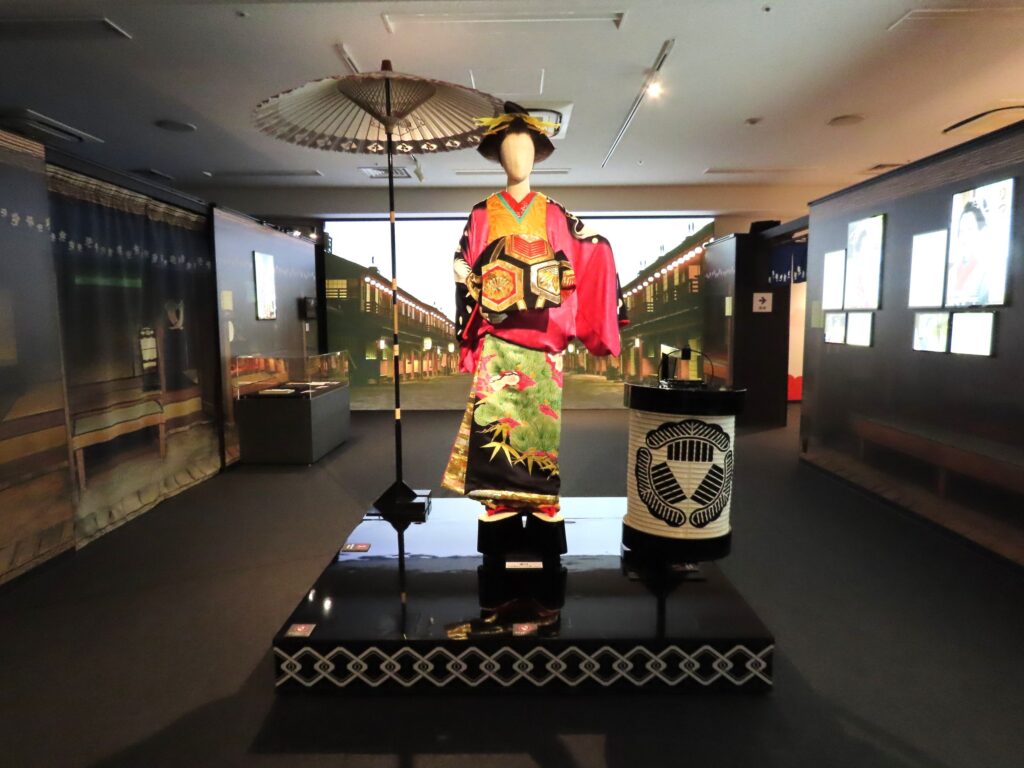
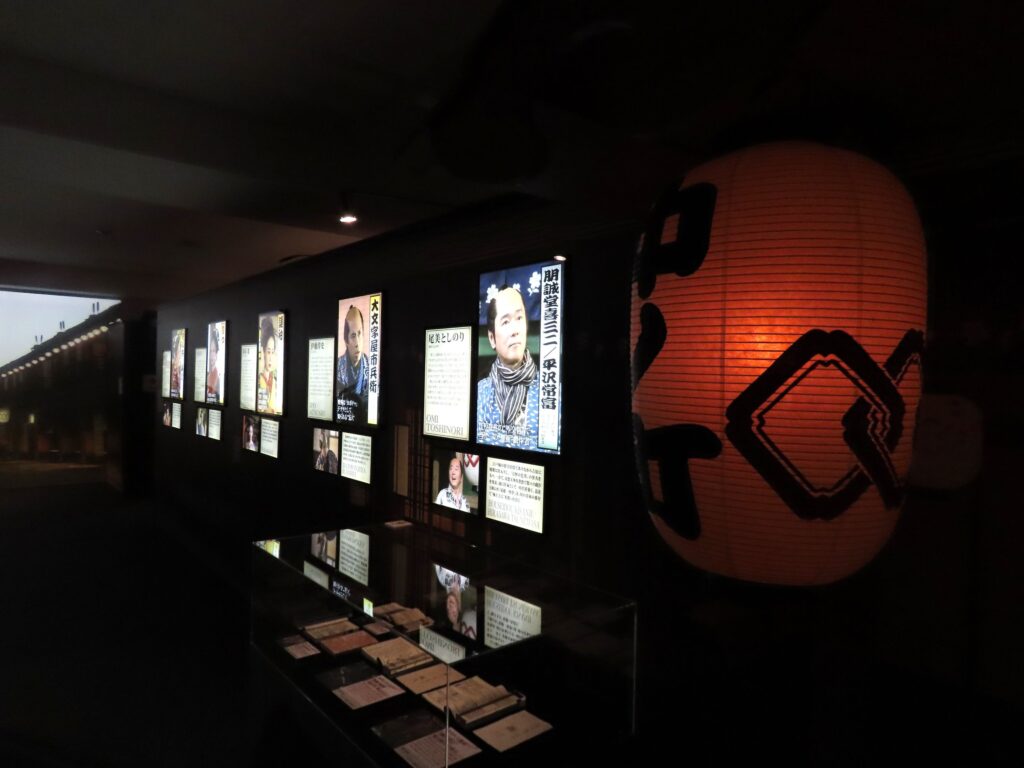
The most eye-catching exhibit is the costume worn by Segawa, the legendary courtesan played by Fuka Koshiba, during her courtesan procession. You can picture the courtesans walking briskly down the main street, garnering attention.
The visual of Nakanomachi, Yoshiwara's main street, in the background also leaves a striking impression, but since it would not be possible to build such a long set during the actual filming of the drama, a panel explained that an LED wall of images was used to create depth.
Additionally, the 4K Theater next to the Nakanomachi Zone screens video content that delves into the themes and behind-the-scenes of the program, and also introduces famous places and historical sites in Taito Ward related to Tsutaju.
There is also a circular bus that runs from the Taiga Drama Museum to places associated with Tsutaju, such as Shohoji Temple, Tsutaju's family temple, and the grave of Hiraga Gennai, who had a connection with Tsutaju, so it's a good idea to actually visit the spots you saw in the theater (you will need to present a commemorative visitor's card from the Taiga Drama Museum to board the circular bus).
The official website for "Taito Ward, a place associated with Tsutaju" introduces model tourist courses that take visitors to the Taiga Drama Museum and places associated with Tsutaju, as well as events and traditional rites related to the culture of the Edo period, when Tsutaju lived.
If you're interested, please check out the official website of "Taito Ward, the place associated with Tsutaju."
The Edo Castle Zone focuses on the Shogunate and its retainers
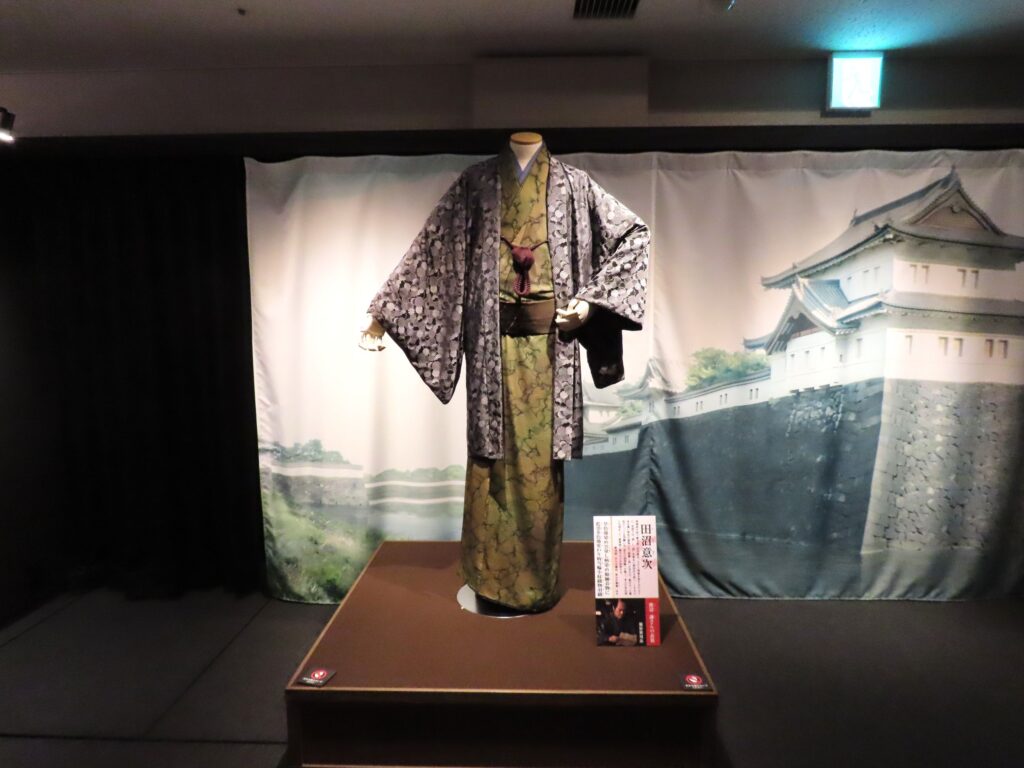
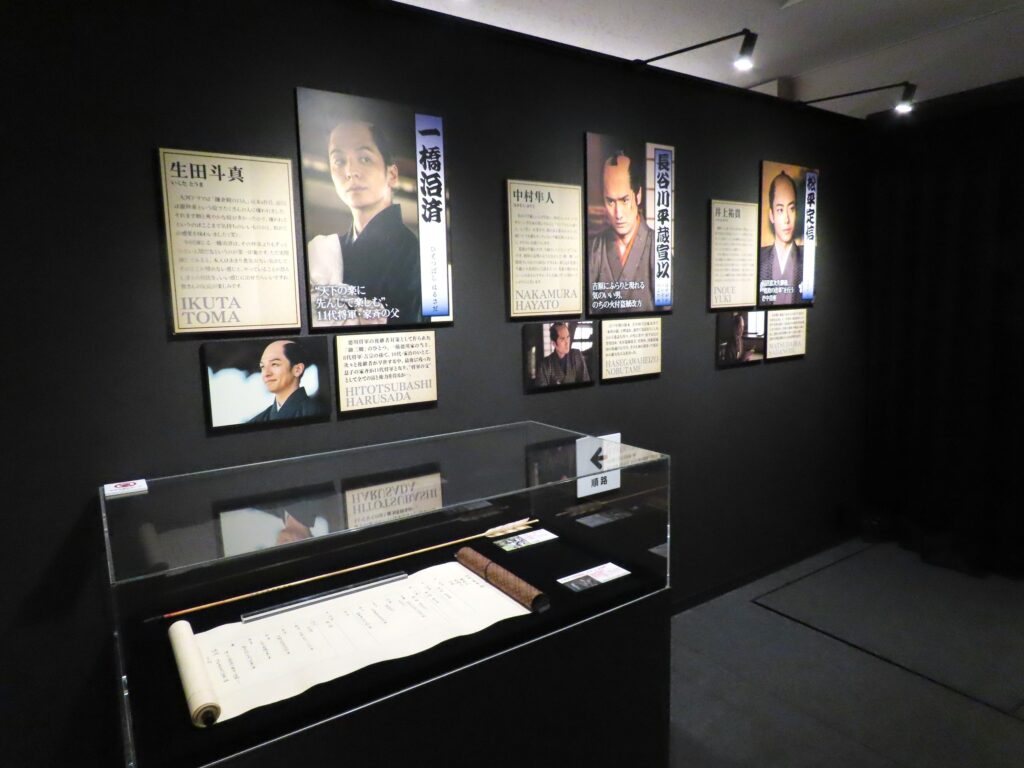
Edo Castle is also an important location in the story.
The setting of "Berabou: Tsutaju Eika no Yumebanashi" is the mid-Edo period, a time of prolonged peace and flourishing arts and culture. However, with the "Kansei Reforms" of Matsudaira Sadanobu as a turning point, the circumstances surrounding Tsutaju and his friends also began to change dramatically.
The Edo Castle Zone features exhibits focusing on people associated with the Edo Shogunate, such as the Shogun family and their retainers, as well as panels introducing the program's art and behind-the-scenes filming.
At the end of the Taiga Drama Museum, handwritten messages and autographed colored paper from the cast members are displayed, conveying the passion they have for this drama. It's also a great way to find the autograph of your favorite character, or to remember characters who have unfortunately already left the show.
Experience the Edo market! "Taito Edo Market"
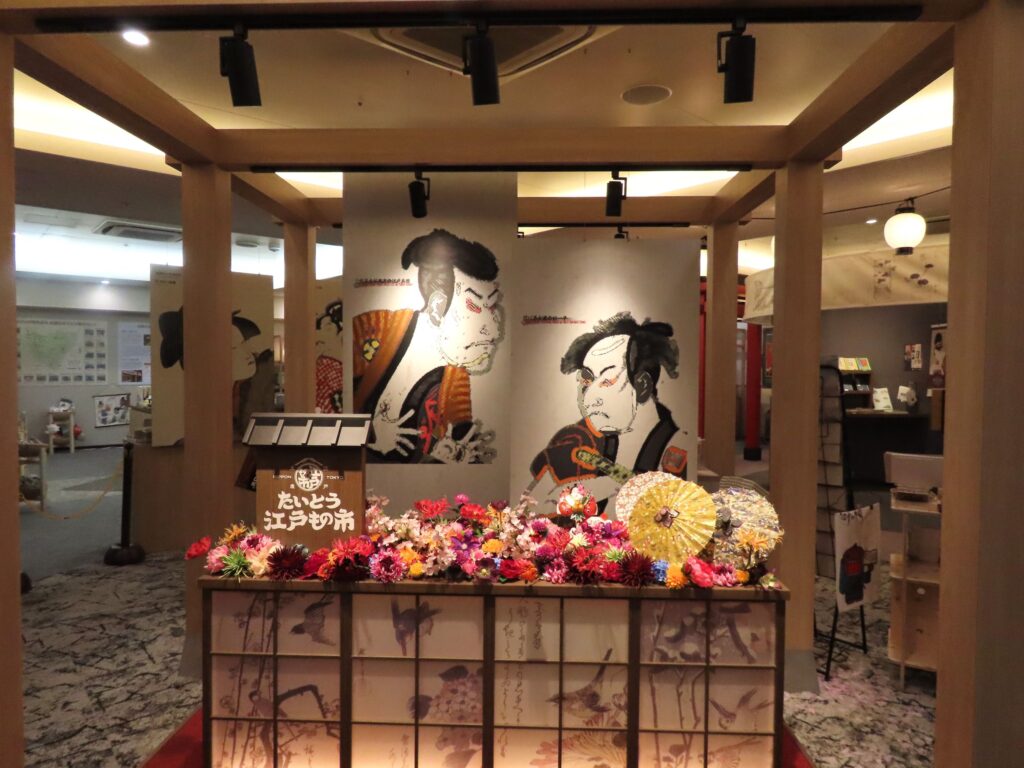
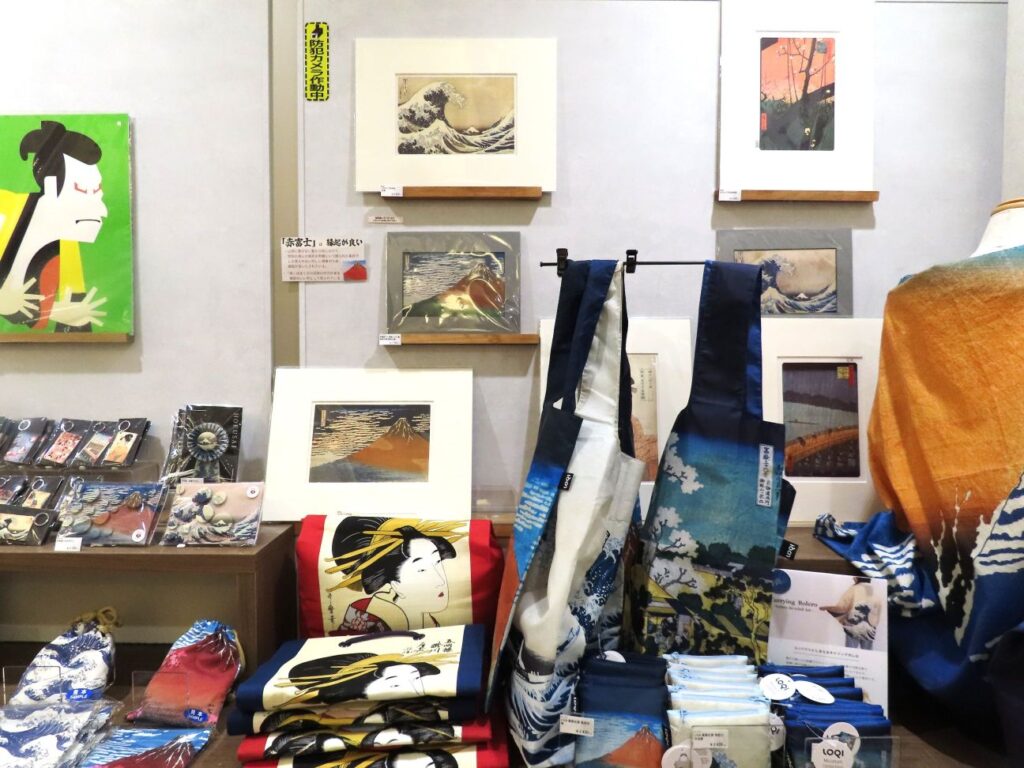
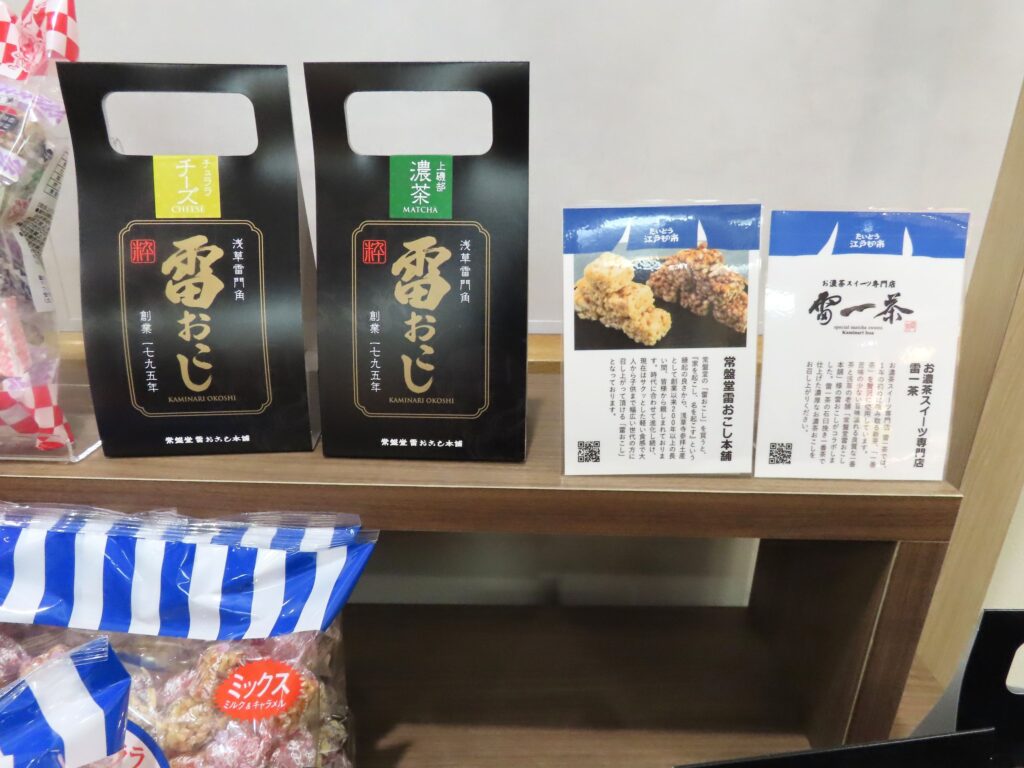
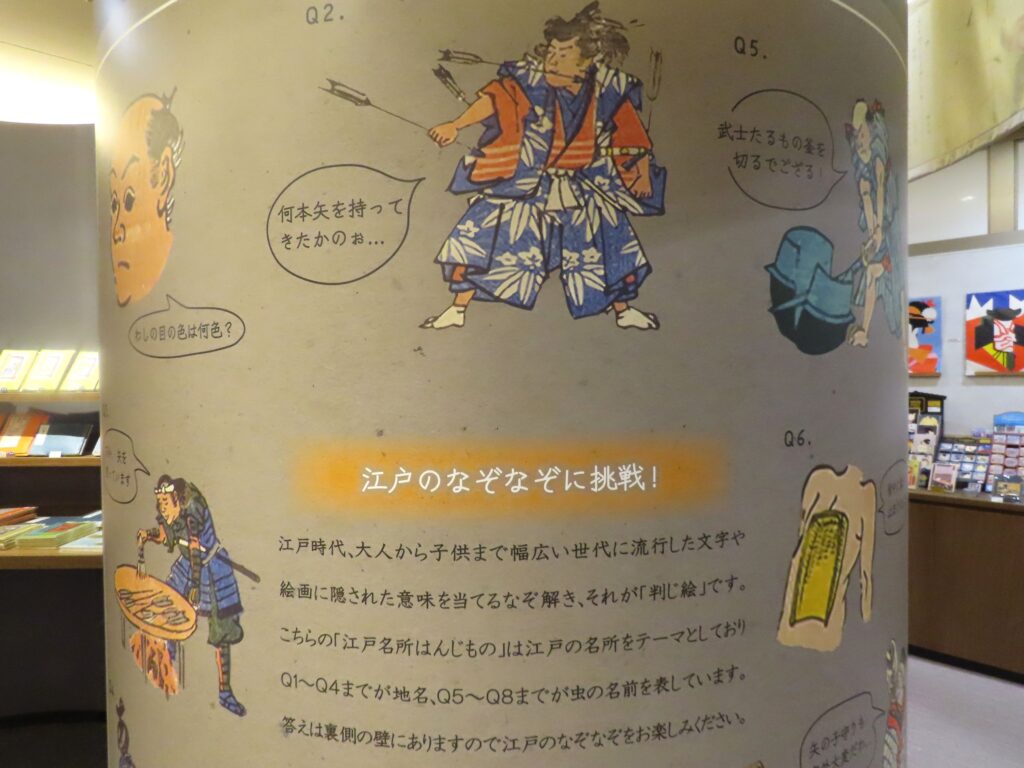
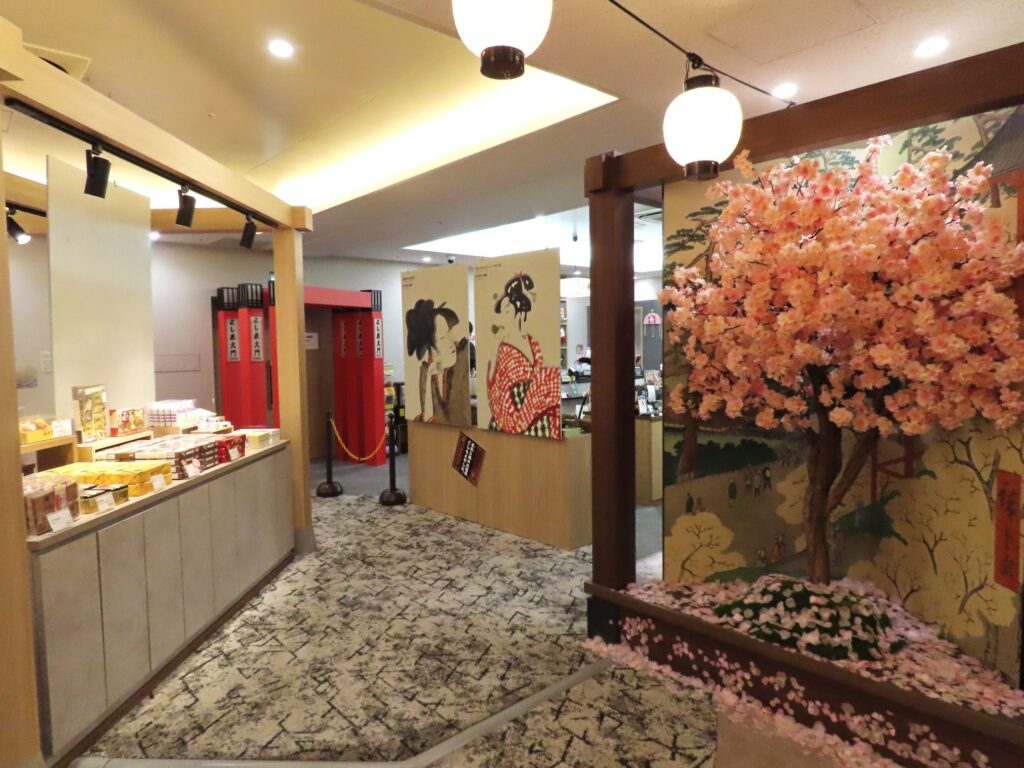
The adjacent Taito Edo Market sells souvenirs bearing the logo of the historical drama "Berabou," as well as items related to Edo and products made by local Taito ward companies.
The Taito Edo Market has such a wide variety of souvenirs that you could easily spend an hour just looking around, and the beautiful interior decorations are also noteworthy. There is also a corner where you can try your hand at solving "hanjie," a type of riddle that was popular in the Edo period, and it's full of fun. It would be fun to try it with your children.
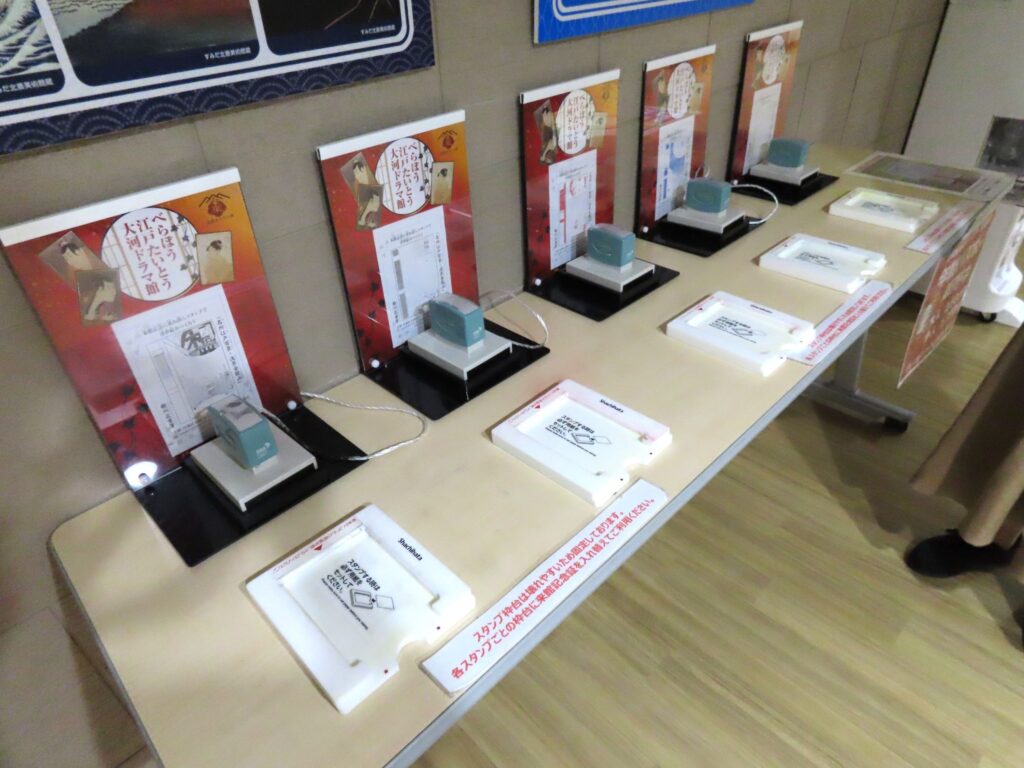
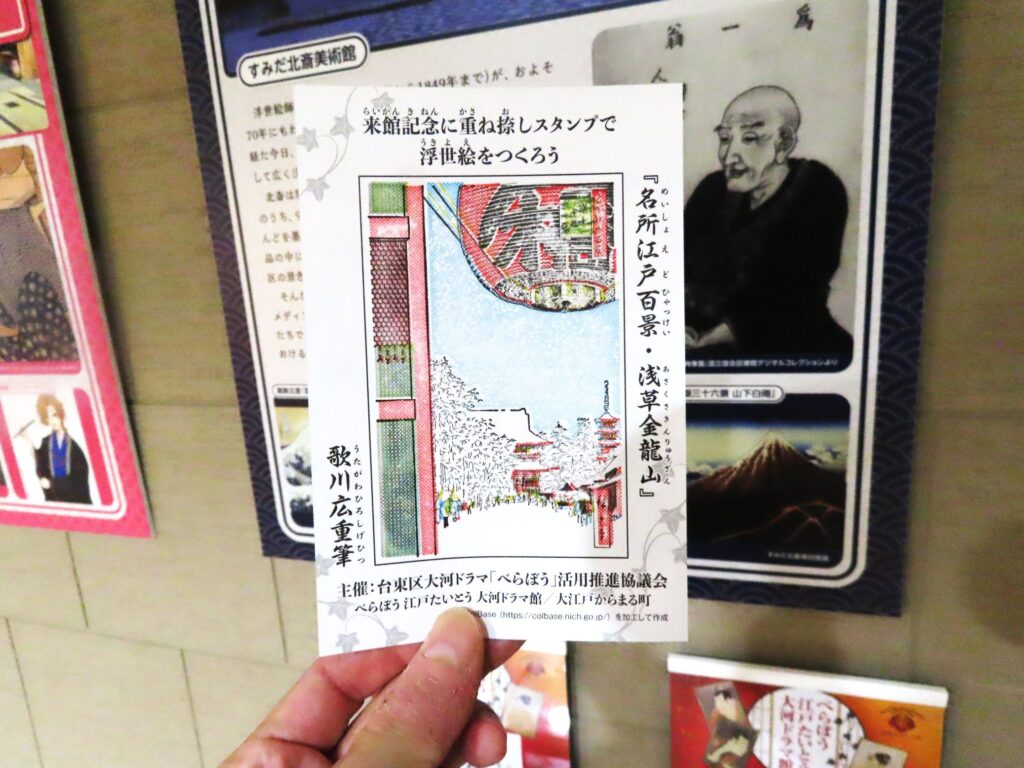
Speaking of fun, the commemorative stamp corner in the lobby also has a unique feature.
By layering five color plates on the back of the visitor's certificate, you will eventually complete Utagawa Hiroshige's "One Hundred Famous Views of Edo: Asakusa Kinryuzan." This is a fun experience of the multicolor printing technique of ukiyo-e.
The Taiga Drama Museum is currently holding guided tours, which are enjoyable for both first-time visitors and repeat visitors, so why not give it a try?
Although I had not seen the drama, I was intrigued by the character of Tsutaju, the "media king of Edo," portrayed through the drama, and the place where he grew up, Taito Ward.
The Taiga Drama Museum will be open until Monday, January 12th, 2026 (national holiday).
After viewing the Taiga Drama Museum, why not take a tour of the places associated with Tsutaju and let your thoughts wander back to the Edo period?
■ Overview of the "Berabou Edo Taito Taiga Drama Museum"
| period | February 1, 2025 (Saturday) – January 12, 2026 (Monday/Holiday) |
| Opening hours | 9:00-17:00 (last entry 16:30) |
| Closed days | The second Monday of every month (the following day if the second Monday is a public holiday), New Year's holidays, etc. |
| place | Taito Civic Hall, 9th floor, 2-6-5 Hanakawado, Taito-ku, Tokyo |
| Organizer | Taito Ward Historical Drama "Berabou" Promotion Council |
| inquiry | 03-4330-1409 (Taiga Drama Museum) |
| "Taito Ward, the place associated with Tsutaju" official website | https://taito-tsutaju.jp/features/exhibition |
■ Overview of the Taito Edo Market
| period | February 1, 2025 (Saturday) – January 12, 2026 (Monday/Holiday) |
| Opening hours | 9:00-17:00 (last entry 16:30) |
| Closed days | The second Monday of every month (the following day if the second Monday is a public holiday), New Year's holidays, etc. |
| place | Taito Civic Hall, 9th floor, 2-6-5 Hanakawado, Taito-ku, Tokyo |
| inquiry | 03-6802-8150 (Taito Edo Market) |
| "Taito Ward, the place associated with Tsutaju" official website | https://taito-tsutaju.jp/features/edomonoichi |
*The content of this article is current as of the time of coverage. Please check the official website for the latest information.


